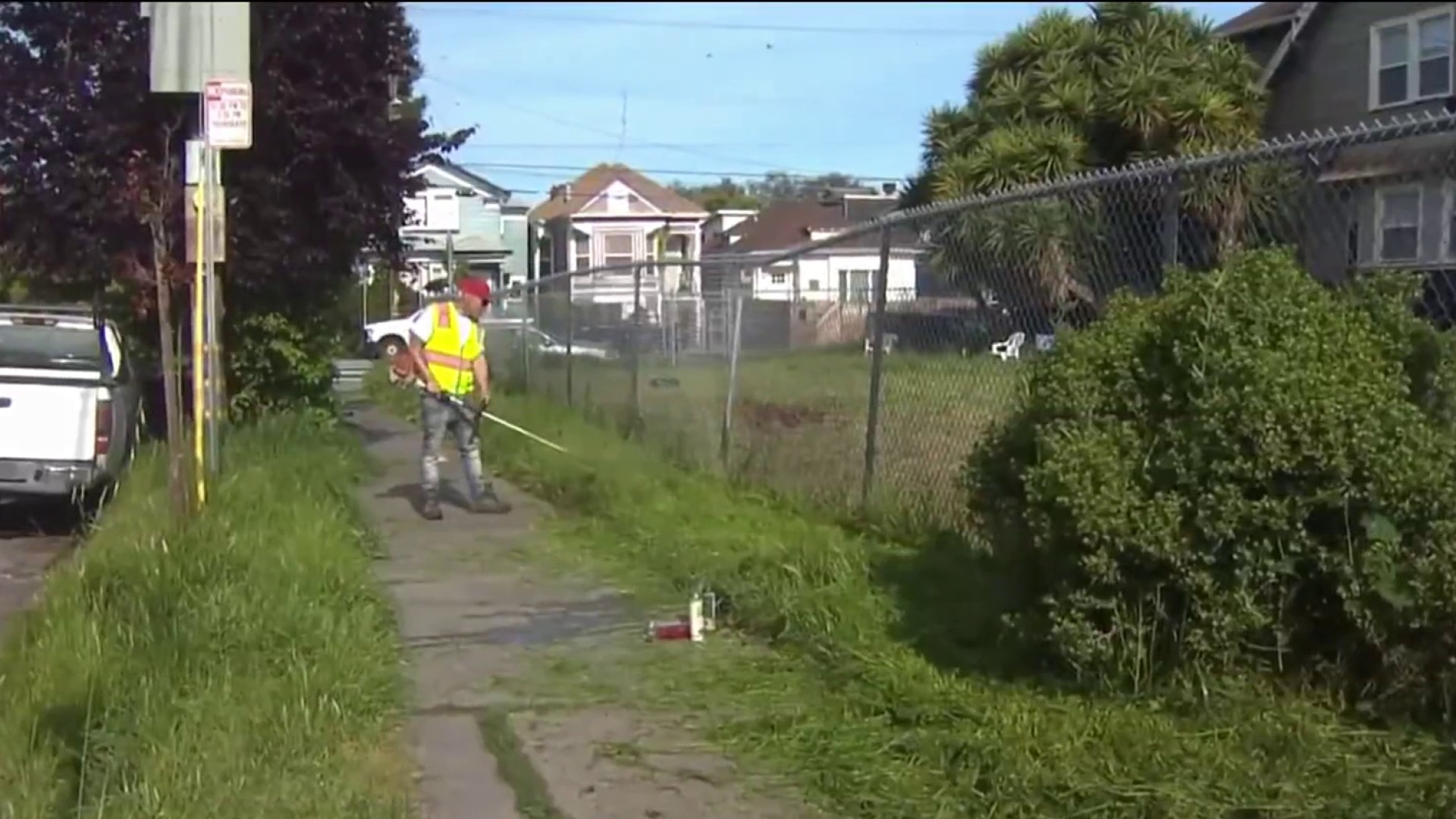The tree-sitters spent more than a year nestled in the branches above a site on the UC Berkeley campus that they had thought was sacred. That was one of the reasons for their extended stay. Turns out - it was never a scared site.
An extensive investigation commissioned by UC Berkeley has found no evidence of prehistoric Native American artifacts or human remains beneath the construction site for the campus's new Student Athlete High Performance Center, campus officials said this week.
"Debris observed in the field and noted during lab analysis is believed to have been associated with the construction of Memorial Stadium in 1923 or with private residences that were…located within and around the project area," the report read.
The geoarchaeological findings support the conclusions of the firm's earlier review of California state records and archival material that no unique or important prehistoric artifacts or human remains exist beneath the construction site.
The Student Athlete High Performance Center is billed to "provide safe and suitable training, medical and academic facilities for more than 400 student athletes, coaches and staff members associated with 13 of UC Berkeley's 27 intercollegiate teams," campus communication officials said.
The exploration of the construction site next to the western wall of Cal Memorial Stadium began Sept. 21.
Archaeologist James Allan, Ph.D., from William Self Associates led the team.
Local
Work crews spent more than three weeks extracting 31 soil core samples from every sector of the site, according to the report.
The depth of each core - ranging from 15 to 50 feet - was based on an evaluation of existing historical records, geological conditions, and the anticipated depths of construction.
A Native American monitor from the Ohlone tribe was on site every day to observe the drilling and ensure that if cultural artifacts or Native American remains had been discovered, they would have been treated in accordance with the law and tribal traditions, Cal officials said.
"Although the university was not required to conduct an archaeological investigation of this nature or scope, we were asked to perform a very extensive exploration for a site of this size," said Allan. "While our initial, in-depth archival research found little evidence to support the idea that this site contained Native American cultural material or human remains, we can now say with confidence that there is not an ancient burial ground beneath the site of the Student Athlete High Performance Center."
According to Allan, there is still a possibility that items left behind by 19th century residents of the homes that once lined the eastern side of Piedmont Avenue may still be found on the site.
Archeologists said indications of prehistoric activity may also be discovered in other areas of the site as project-related excavations proceed.
However, archaeologists said, no evidence of such resources was identified in the testing.
University officials said they would have professional archaeological monitors on site during the excavation phase of the construction project to address the discovery of any previously unknown archaeological resources that might be encountered in the course of construction.
Construction of the Student Athlete High Performance Center is expected to be completed and the building ready in the summer of 2011.
The full report on the investigation's findings was released Thursday by William Self Associates, one of the nation's leading consulting firms on matters related to archaeological and historical preservation, campus media officials said.
For the full report, see: http://www.berkeley.edu/news/media/releases/2009/01/stadium-archreport.pdf .



